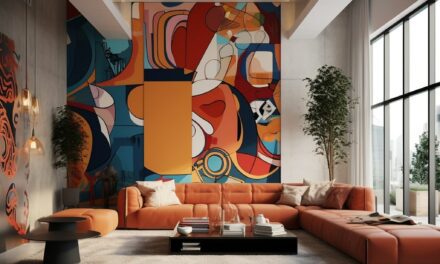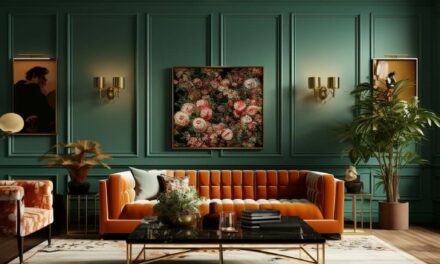Interior design and interior architecture are two terms that are often used interchangeably, but they are not the same thing. While both disciplines are focused on designing interior spaces, they have different approaches and areas of expertise. In this article, we will explore the differences and similarities between interior design and interior architecture to help you better understand these two fields.
Interior design is all about creating functional and aesthetically pleasing living and working spaces. Interior designers are responsible for selecting colors, materials, and furnishings that enhance the look and feel of a space, while also ensuring that it meets the client’s needs and preferences.
They focus on the creative aspects of designing interiors and work closely with clients to bring their vision to life.
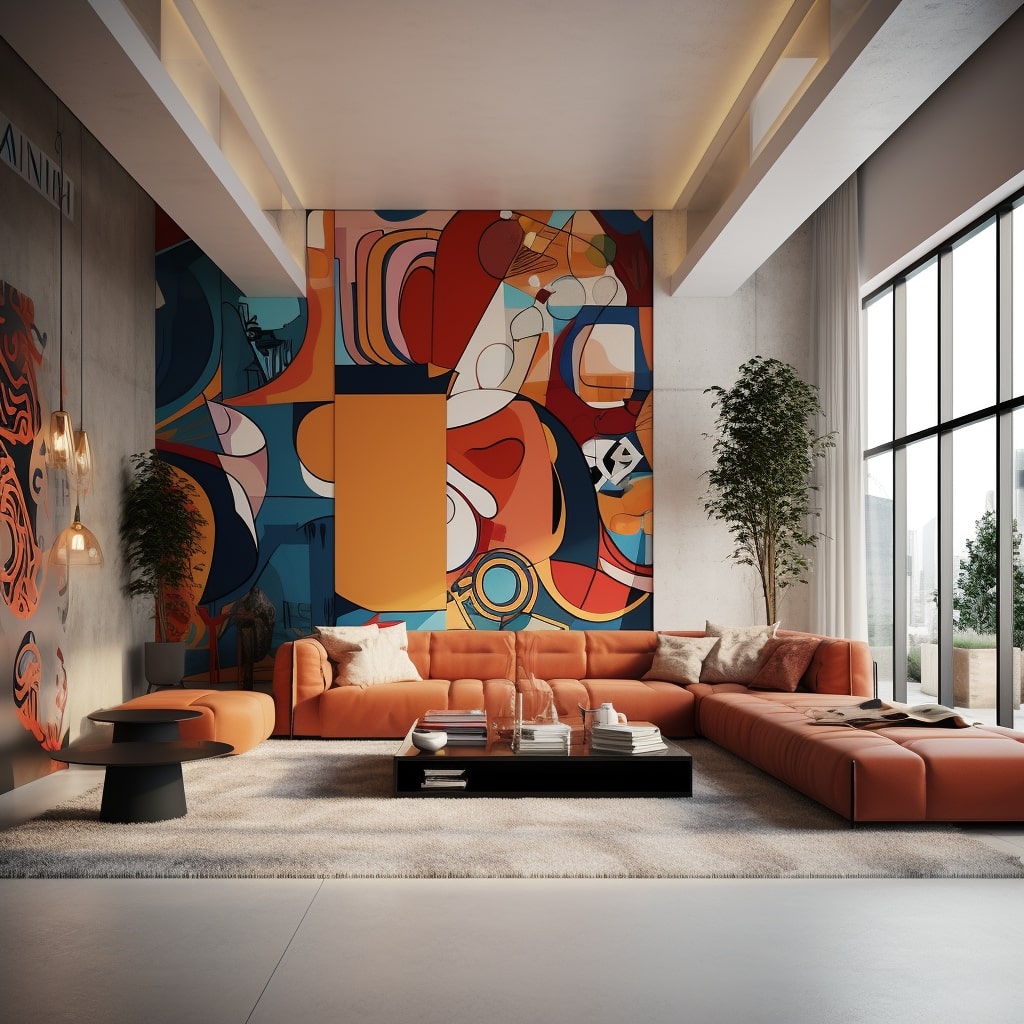
Definition of Interior Design
Interior design refers to the art and science of enhancing the interior of a space, with the aim of creating a comfortable and aesthetically pleasing environment. It involves the manipulation of spatial volume as well as surface treatment, color, and lighting to achieve the desired effect. Interior designers use their creative and technical skills to work with clients and develop design solutions that are functional, stylish, and consistent with the client’s vision.
Definition of Interior Architecture
Interior architecture refers to the design and management of the interior spaces of a building, including structural elements, such as walls, windows, doors, and stairs. This discipline focuses on creating functional and safe interior spaces, while also considering the aesthetic and psychological aspects of the environment.
Interior architects work closely with architects, builders, and other design professionals to ensure that all design elements work together in unity, and that the interior space meets the needs of its occupants.
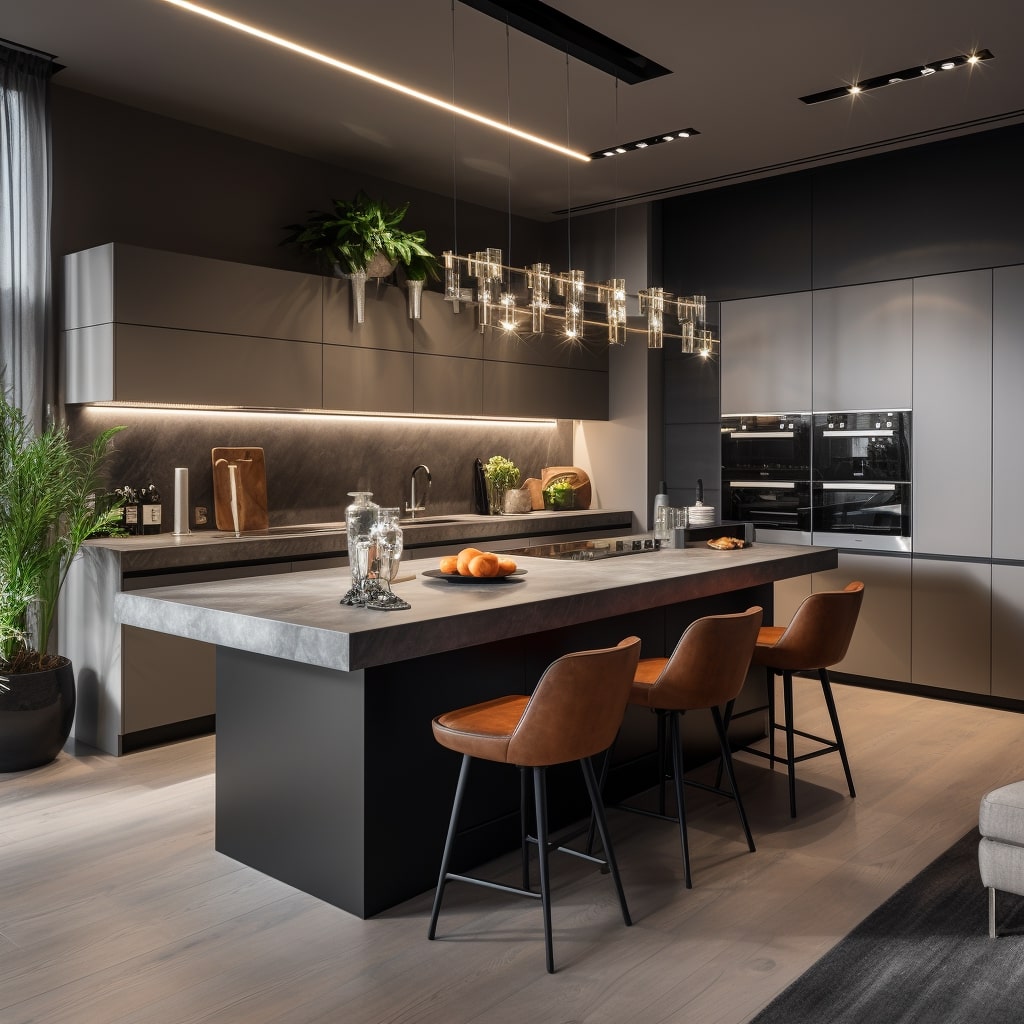
Role of an Interior Designer
An interior designer is responsible for creating functional and aesthetically pleasing spaces for a variety of clients, such as homeowners, businesses, and institutions. The role of an interior designer can vary depending on the project scope and requirements, but typically involves:
| Responsibility | Task |
|---|---|
| Design conceptualization | Developing design concepts that align with the client’s vision, the space’s requirements, and the industry trends. |
| Material and color selection | Selecting appropriate materials, colors, and finishes that meet the client’s preferences, budget, and durability needs. |
| Furnishings and accessories | Choosing and arranging furniture, fixtures, and other accessories that enhance the functionality and style of the space. |
| Project management | Coordinating with contractors, vendors, and other stakeholders to ensure a seamless execution of the design plan or rendering projections. |
Interior designers often collaborate with other professionals, such as architects, engineers, and contractors, to ensure that the design meets safety, building code, and structural requirements.
Note: a key aspect of being an interior designer is presenting your ideas to your clients. How do you put your ideas onto paper and capture the imagination of your client to get their approval? Interactive presentations can be the gamechanger – studies show that you’re more likely to be affected and moved by the ideas from an interactive presentation than from a static presentation.
Skills and Qualifications
Interior designers are passionate about design and have a keen eye for aesthetics. They possess strong communication, organization, and problem-solving skills, and are knowledgeable about design elements, principles, and techniques. A degree in interior design, architecture, or a related field is typically required to enter this profession, along with a portfolio showcasing past projects and skills.
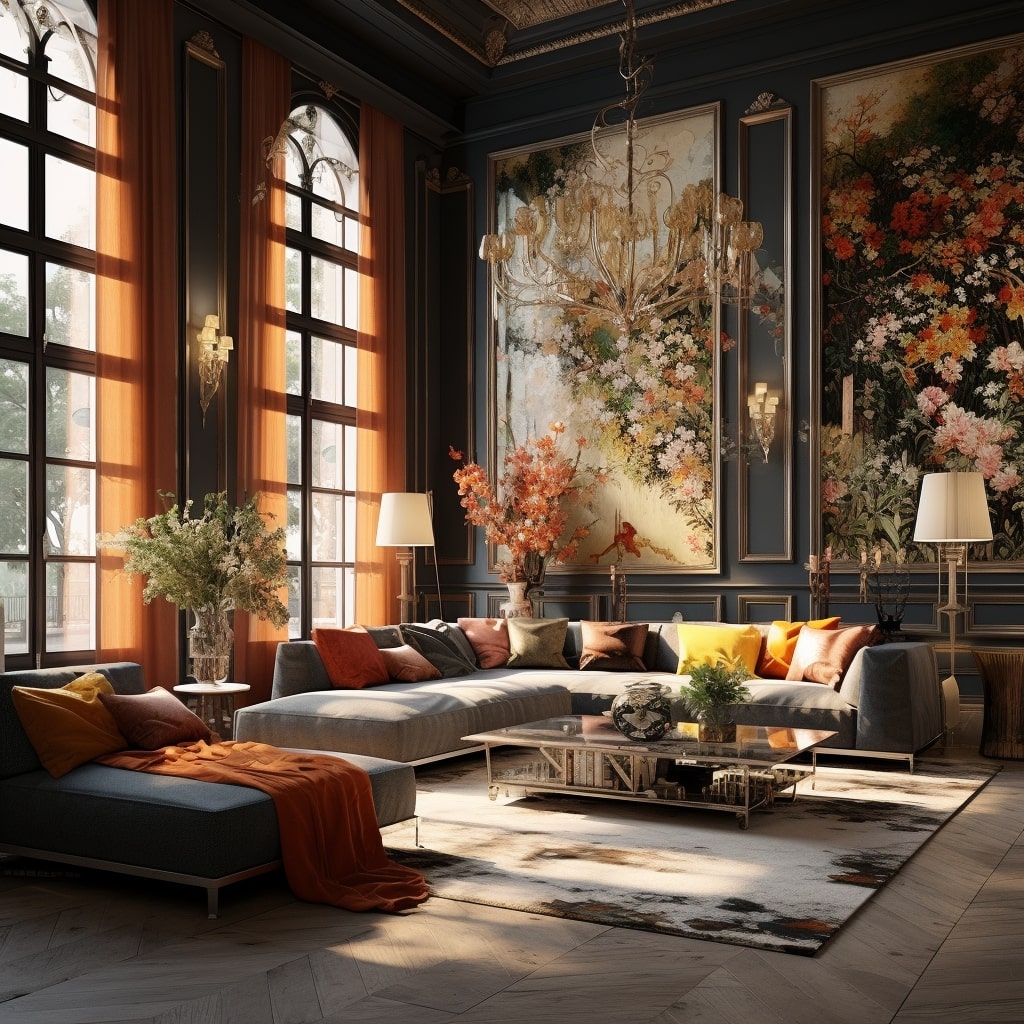
Role of an Interior Architect
Interior architecture is the art and science of designing the interiors of buildings. While interior designers focus on the aesthetic aspects of interior spaces, interior architects are concerned with the functionality of the spaces and the safety of the occupants. They work closely with other professionals, such as engineers and architects, to achieve design goals.
An interior architect’s role involves:
| Responsibilities | Description |
|---|---|
| Designing and Modifying Spaces | Interior architects are responsible for designing and modifying interior spaces to meet functional requirements. They must ensure that the spaces are safe and accessible for the occupants. |
| Structural Design | Interior architects must also consider the structural aspects of interior spaces. They must ensure that the spaces are structurally sound and meet building code requirements. |
| Collaboration | Interior architects often work with other professionals, such as engineers and architects, to achieve design goals. They must be able to communicate effectively and work as part of a team. |
| Project Management | Interior architects must manage projects from start to finish. They must be able to develop project timelines, prepare budgets, and oversee the work of contractors and subcontractors. |
Qualifications for Interior Architects
Interior architects typically have a bachelor’s degree in interior architecture or a related field. Some professionals also have a master’s degree in interior architecture. In addition to their formal education, interior architects must be licensed by the state in which they practice. Licensure requirements vary by state, but typically involve passing an exam and completing continuing education courses.
To succeed as an interior architect, one must possess strong creative and technical skills. They must be able to think critically and solve problems effectively. They must also have excellent communication and interpersonal skills to work effectively with other professionals and clients.
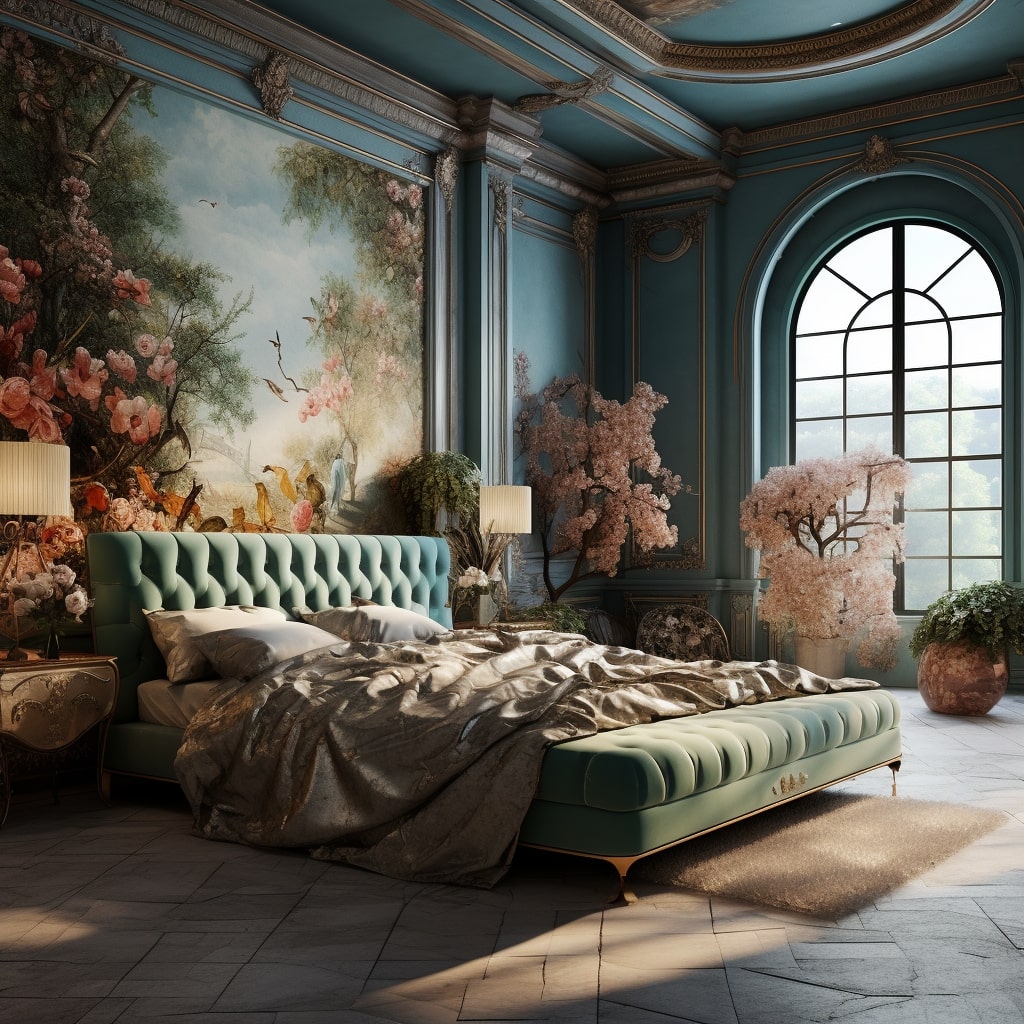
What is the Difference Between Interior Design and Interior Architecture
Although they are often used interchangeably, interior design and interior architecture are two distinct disciplines that require different skill sets and expertise. While both focus on creating functional and aesthetically pleasing interior spaces, there are several key differences that set them apart.
Focal Point
The primary difference between interior design and interior architecture is the focal point of their work. Interior design is more focused on the decorative and aesthetic aspects of space, such as selecting color schemes, furnishings, and accessories, while interior architecture is concerned with the structural and spatial elements of designing interiors.
| Interior Design | Interior Architecture |
|---|---|
| Decorative and aesthetic aspects | Structural and spatial elements |
| Color schemes, furnishings, and accessories | Building systems, codes, and safety standards |
Skill Sets Required
Another significant difference between interior design and interior architecture is the skill sets required for each discipline. Interior designers must have a strong sense of creativity and design aesthetics, as well as an ability to visualize the big picture. They also need to have excellent communication and interpersonal skills to work effectively with clients and industry professionals. On the other hand, interior architects must have a deep understanding of building systems, codes, and safety standards, as well as excellent analytical and problem-solving skills.
Educational Background
The educational background required for each discipline is also different. Interior designers typically have degrees in design, fine arts, or a related field, and may obtain additional certifications and accreditations to enhance their expertise. Interior architects, on the other hand, generally have degrees in architecture or architectural engineering and often pursue specialized training in interior architecture.
Overall, while there is some overlap between interior design and interior architecture, the two disciplines are distinct and require different skill sets and educational backgrounds. Collaborating on a project can result in a dynamic and successful outcome, but it’s important to understand the unique strengths and contributions of each field.
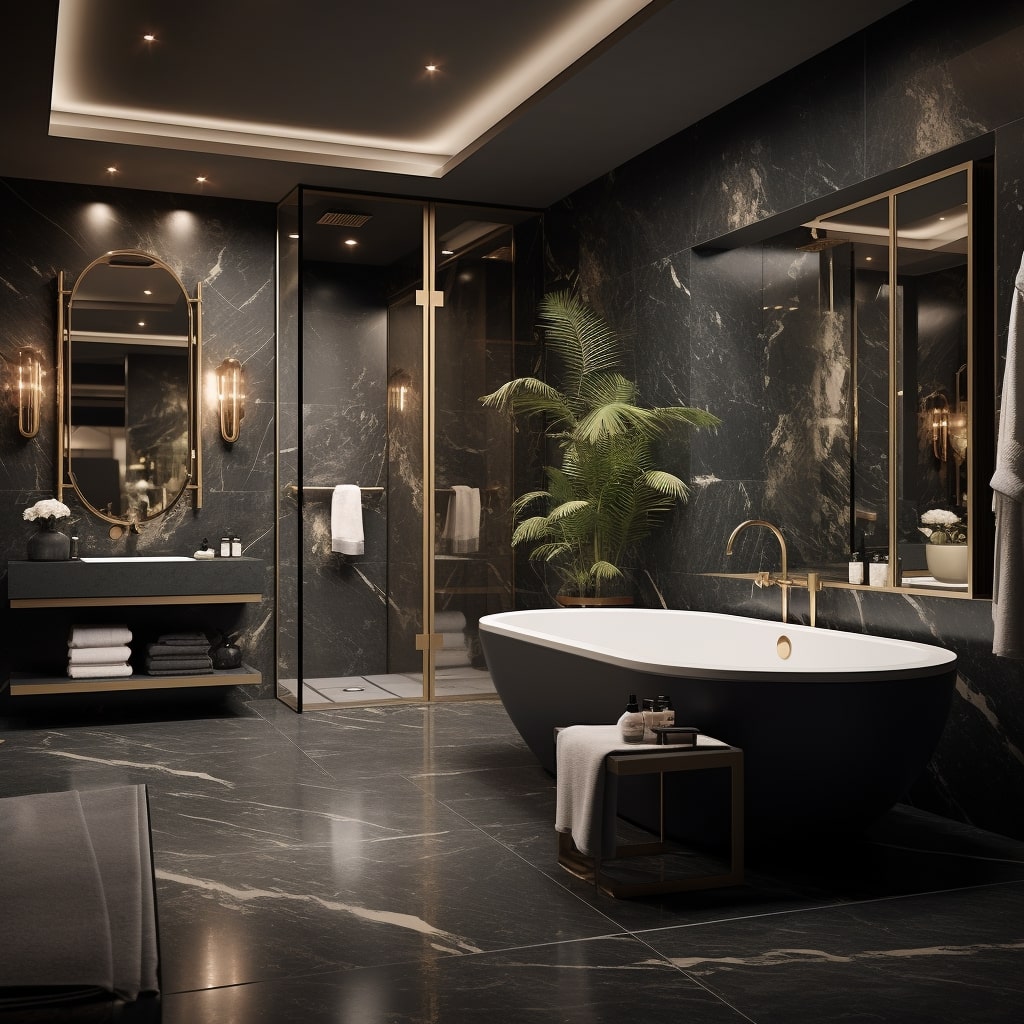
Similarities Between Interior Design and Interior Architecture
While interior design and interior architecture have different focuses and skill sets, they also share many similarities that make them complementary disciplines in the field of interior design. Some of the key similarities between these two professions include:
| Similarities | Explanation |
|---|---|
| Design principles | Both interior design and interior architecture employ design principles to achieve functional and aesthetically pleasing spaces. These principles include balance, form, proportion, scale, and rhythm, among others. |
| Collaboration | Interior designers and interior architects often collaborate with each other and with other design professionals, such as engineers and contractors, to execute projects. This collaboration ensures that the final product meets both design and structural requirements. |
| Client focus | Both professions prioritize the needs and preferences of the client in their designs. They work closely with clients to understand their vision and translate it into a functional and visually appealing space. |
| Attention to detail | Both professions require a keen eye for detail in order to create cohesive and functional designs. They must consider factors such as lighting, color, texture, and furniture placement to ensure that every element of the space works together seamlessly. |
Collaboration Between Interior Designers and Interior Architects
While interior designers and interior architects have different areas of expertise, they often work together on projects to achieve a cohesive and functional final product. Interior designers bring their creative and aesthetic skills to the table, while interior architects focus on the structural and spatial elements of design. By working together, they can create spaces that are both beautiful and functional.
For example, an interior designer may select furniture and finishes that meet the client’s design preferences, while an interior architect may modify the layout of the space to improve functionality and flow. Together, they can create a space that not only looks great, but also works well for the client’s needs.
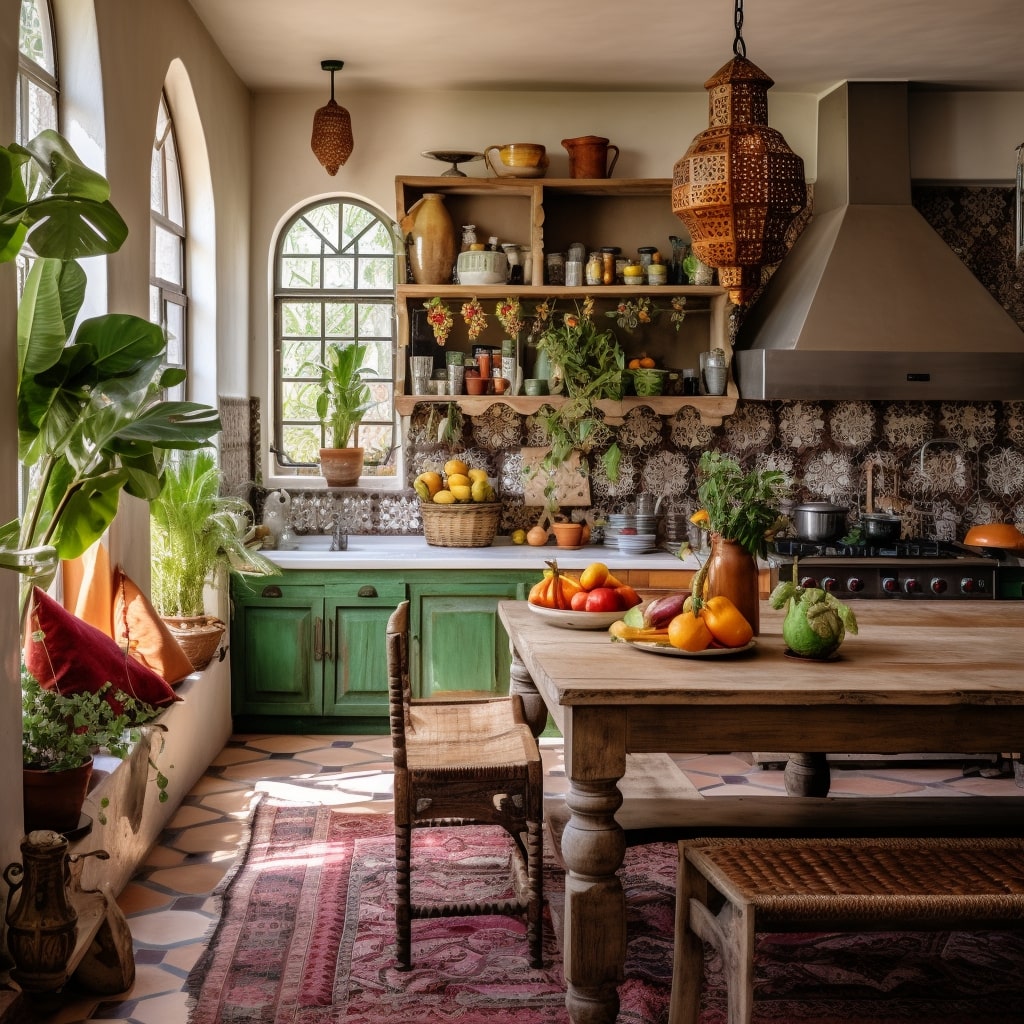
Education and Training in Interior Design and Interior Architecture
Interior design and interior architecture are dynamic and rapidly evolving fields. To succeed in these industries, it’s essential to have a solid education and ongoing professional development.
Education in Interior Design
Most interior designers have a bachelor’s degree in interior design or a related field. Some universities offer a Master of Fine Arts (MFA) or a Master of Interior Design (MID) degree. Coursework typically covers design fundamentals, color theory, drafting and CAD, furniture design, and building codes and regulations.
Many programs require internships or work experience to provide practical and hands-on training. Certification programs, such as the National Council for Interior Design Qualification (NCIDQ), are also available to demonstrate competence and knowledge in the field.
Education in Interior Architecture
Interior architects typically have a degree in architecture or a related field, such as interior design or engineering. A Bachelor of Architecture (B.Arch) or a Master of Architecture (M.Arch) degree is common. Coursework covers topics such as architectural history, building materials, structures and construction systems, and sustainability.
Like interior design, internships and work experience are crucial to gaining practical skills. Certification programs, such as the National Council of Architectural Registration Boards (NCARB), are also available to demonstrate expertise and professionalism.
Continuing Education and Professional Development
To stay competitive in the field, it’s important for interior designers and interior architects to pursue ongoing education and professional development opportunities. This could include attending conferences, workshops, or seminars, or completing additional certification programs.
Additionally, keeping up-to-date with the latest industry trends and technologies is essential for success in the field. Continuing education and professional development opportunities provide valuable networking opportunities, as well as the chance to learn new skills and techniques.
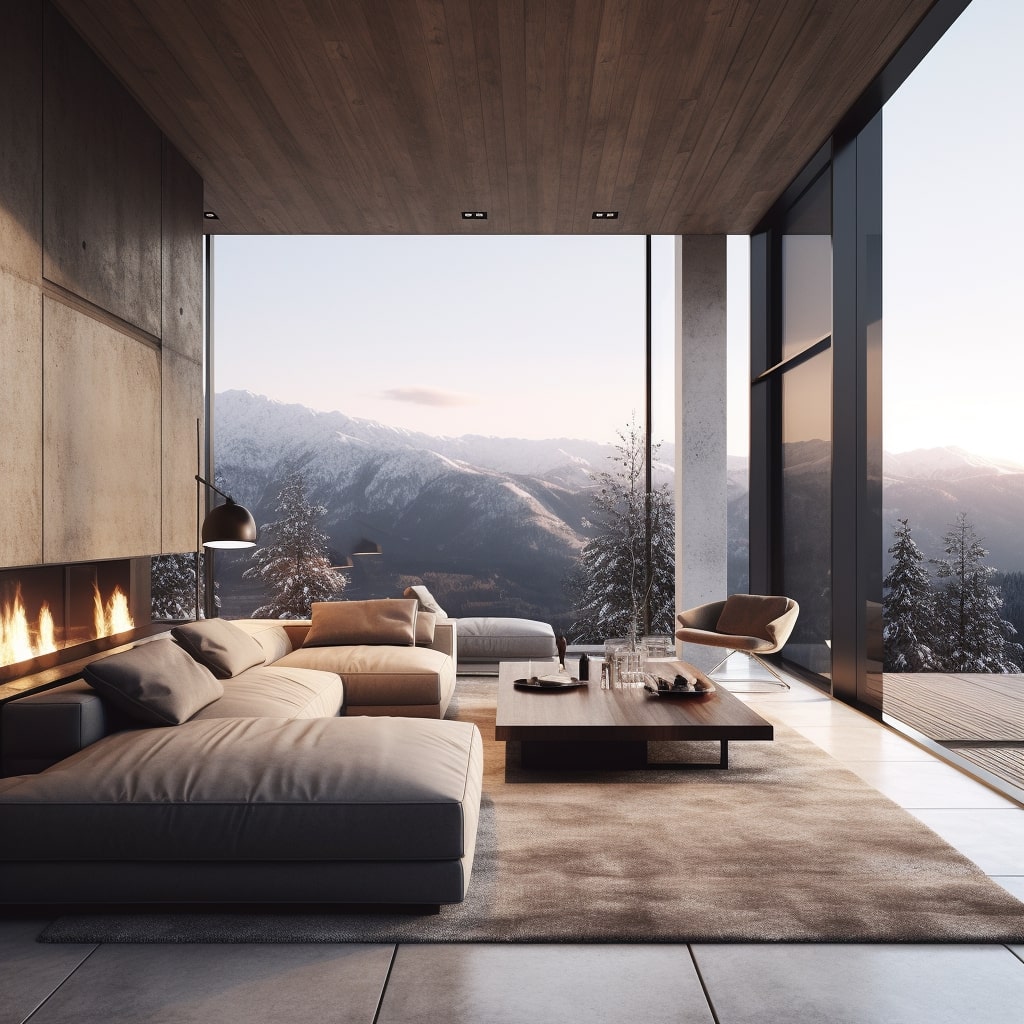
Career Opportunities in Interior Design and Interior Architecture
The fields of interior design and interior architecture offer a variety of exciting and rewarding career paths. Graduates in these disciplines can find opportunities in numerous industries, including residential and commercial design, hospitality, healthcare, education, and more.
Interior Designer
As an interior designer, you’ll be responsible for creating functional and aesthetically pleasing interior spaces. You’ll work closely with clients to understand their needs and preferences, and use your creativity and expertise to generate design concepts that meet their expectations. You’ll also collaborate with architects, contractors, and other professionals to ensure that designs are implemented successfully. Interior designers can work as freelancers, in design firms, or in-house at larger corporations.
| Skills Required | Education and Training | Median Salary |
|---|---|---|
| Creativity, attention to detail, communication skills | Bachelor’s degree in interior design | $56,040 per year |
Interior Architect
Interior architects, also known as interior designers with an architectural background, focus on the structural and spatial elements of interior spaces. They’re responsible for designing and modifying spaces to meet functional and safety requirements, while also ensuring that the spaces are aesthetically pleasing. Interior architects collaborate with other professionals, such as engineers, contractors, and building inspectors, to ensure that designs are safe and feasible. They can work as freelancers, in design firms, or in-house at larger corporations.
| Skills Required | Education and Training | Median Salary |
|---|---|---|
| Technical knowledge, problem-solving skills, communication skills | Bachelor’s degree in interior architecture or architecture | $63,930 per year |
Other Career Paths
Graduates in interior design and interior architecture can also pursue other career paths, such as:
- Furniture or product designer
- Lighting designer
- Exhibition designer
- Visual merchandiser
- Set or stage designer
These career paths offer different opportunities to apply creative skills and specialize in specific areas of design.
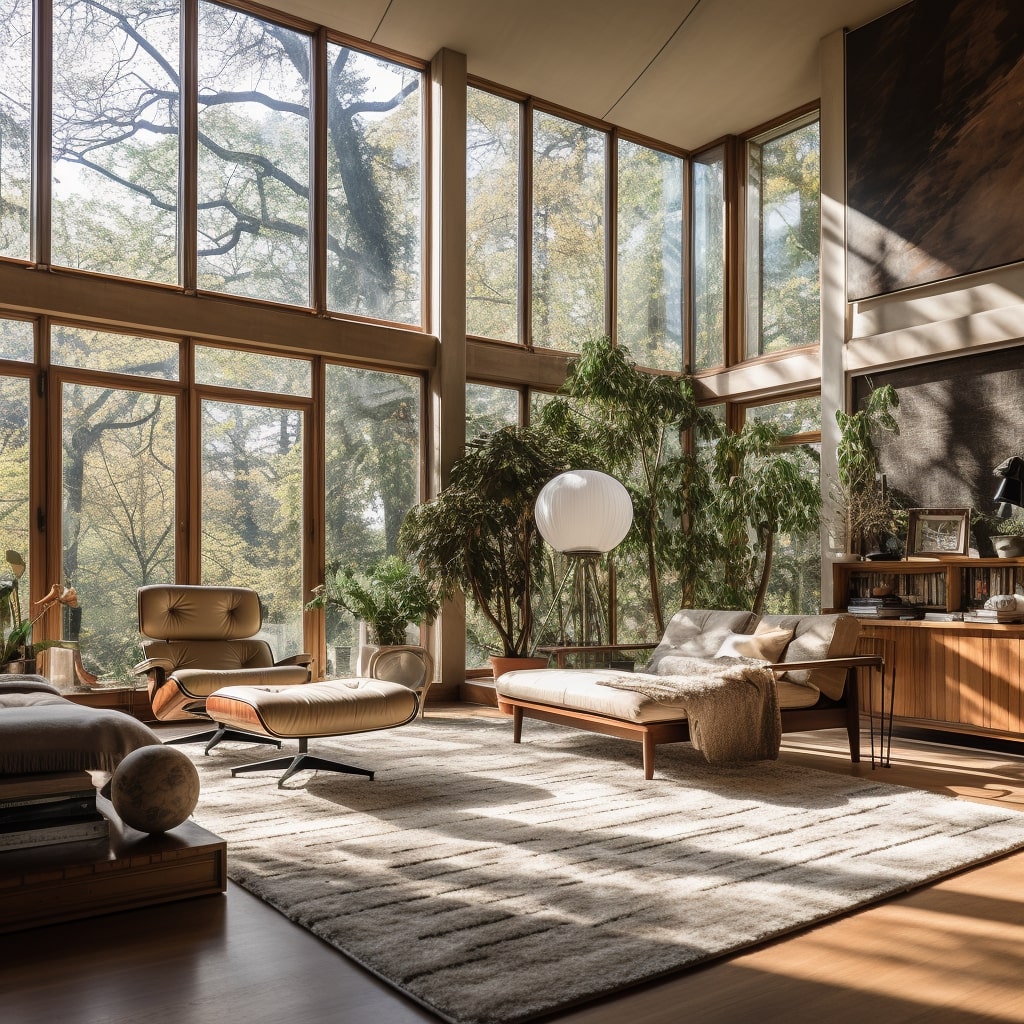
Industry Trends and Innovations
The interior design and interior architecture industries are constantly evolving, with new trends and innovations emerging every year. Keeping up with these changes is crucial for professionals in these fields to remain competitive and provide the best services to their clients. Here are some of the latest trends and innovations in interior design and interior architecture:
Sustainable Design
As the world becomes more environmentally conscious, sustainable design has gained popularity in the interior design and interior architecture fields. This trend involves using eco-friendly materials, reducing waste, and creating energy-efficient spaces. Some examples include using recycled materials, reducing water usage, and utilizing natural lighting.
Technological Advances
Technology has had a significant impact on interior design and interior architecture. The use of 3D modeling software has made it easier to visualize design concepts, while virtual reality technology allows clients to experience a space before it is built. Smart home technology, such as automated lighting and temperature controls, has also become increasingly popular in recent years.
Mixing Old and New
Another popular trend in interior design and interior architecture is mixing old and new elements. This involves incorporating vintage or antique pieces into modern designs, or using modern elements in older buildings. This creates a unique and eclectic look, with a combination of different textures, colors, and styles.
Biophilic Design
Biophilic design involves bringing nature into interior spaces, by using natural materials and incorporating plant life. This trend is based on the idea that being in nature has a positive impact on our well-being, and incorporating natural elements into our indoor environments can have similar benefits. Some examples of biophilic design include living walls, natural wood finishes, and incorporating plants into interior spaces.
Related: Checkout millwork in interior design for truly unique, customized and beautiful wood pieces.
Overall, staying up-to-date with industry trends and innovations is essential for professionals in the interior design and interior architecture fields to remain competitive and provide high-quality services to their clients.
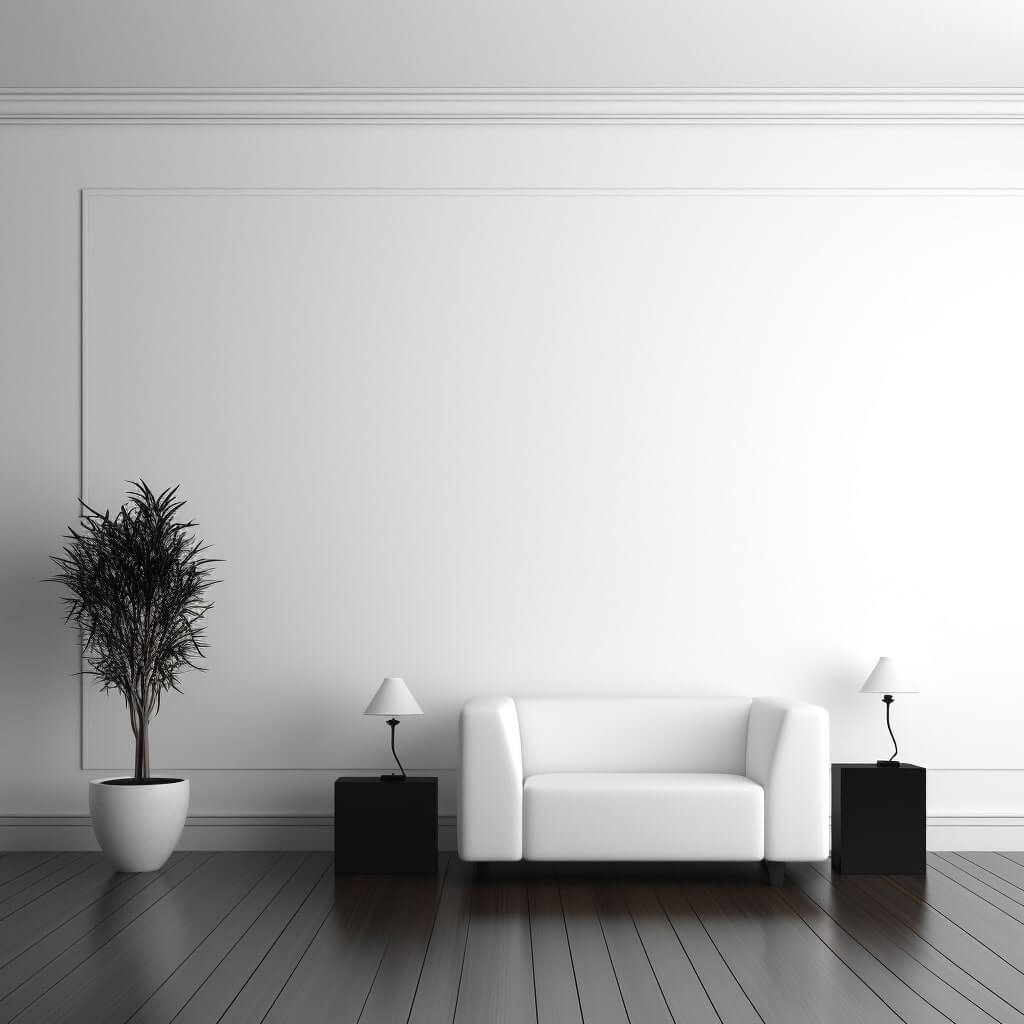
Frequently Asked Questions (FAQ)
Still have questions about the difference between interior design and interior architecture? Here are some frequently asked questions that might help clarify any confusion.
What is the main difference between interior design and interior architecture?
Interior design focuses on the aesthetic and functional aspects of designing interior spaces, such as selecting furnishings, colors, and lighting. Interior architecture, on the other hand, deals with the structural and spatial elements of interior spaces, including designing and modifying spaces to meet functional and safety requirements.
Can an interior designer also be an interior architect?
While the two disciplines are distinct, some individuals may have training or experience in both areas. However, it is important to note that the educational backgrounds and skill sets required for each discipline are different.
Do interior designers need to have a degree in interior design?
While a degree in interior design can be helpful, it is not always required. Some individuals may have a degree in a related field, such as architecture or fine arts, and gain experience in interior design through on-the-job training or apprenticeships.
What skills are important for a successful career in interior design or interior architecture?
In addition to creativity and an eye for design, successful professionals in these fields should have strong communication, organization, and problem-solving skills. They should also stay up-to-date on industry trends and advancements in technology and sustainability.
What industries employ interior designers and interior architects?
Interior designers and interior architects can work in a variety of industries, including residential and commercial design, hospitality, healthcare, and government agencies. Some may choose to work for design firms, while others may work as independent contractors or start their own businesses.
How important is sustainability in interior design and interior architecture?
Sustainability has become increasingly important in both interior design and interior architecture, as professionals seek to create functional and aesthetically pleasing spaces in an environmentally responsible manner. This may involve using sustainable materials, incorporating energy-efficient lighting and appliances, and reducing waste and emissions.
What is the future outlook for careers in interior design and interior architecture?
The Bureau of Labor Statistics projects that employment in interior design and interior architecture will grow at a moderate pace in the coming years, with opportunities for those with formal education and experience. However, competition for jobs may be strong, particularly in highly desirable geographic locations.
Can interior design and interior architecture be done remotely?
With advances in technology and communication tools, some aspects of interior design and interior architecture can be done remotely. However, certain tasks, such as site visits and client consultations, may require in-person interaction.
What is the difference between an interior decorator and an interior designer?
An interior decorator typically focuses on selecting furnishings, fabrics, and accessories to create an aesthetically pleasing space. An interior designer may also select these elements, but their role is broader and may include modifying the layout of the space, selecting materials, and managing the construction process.









